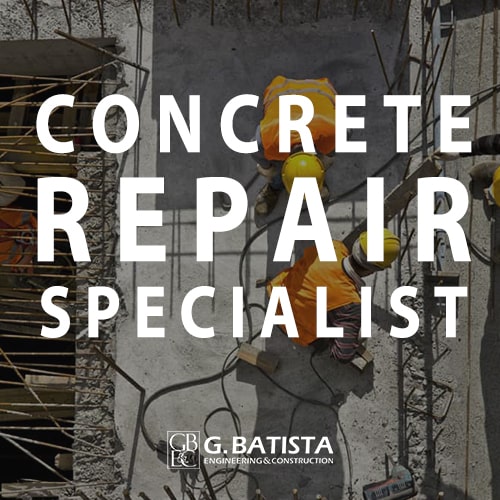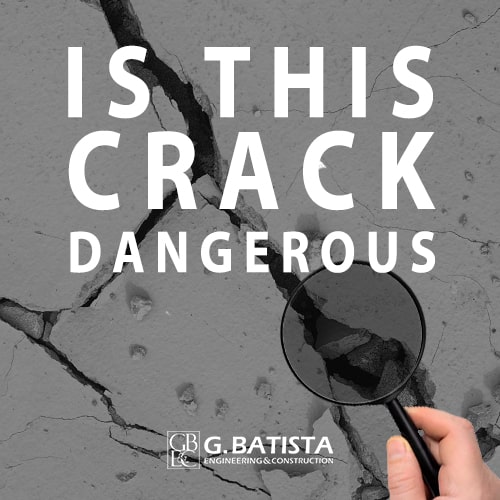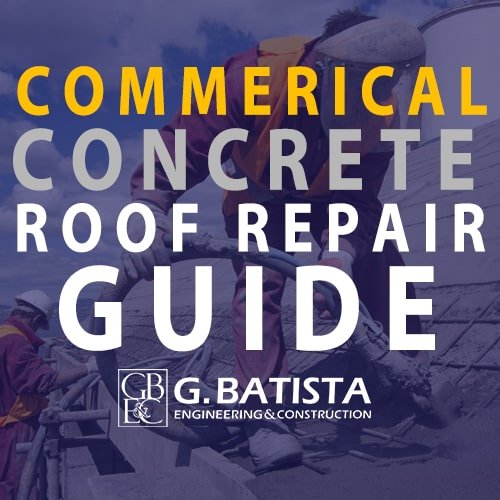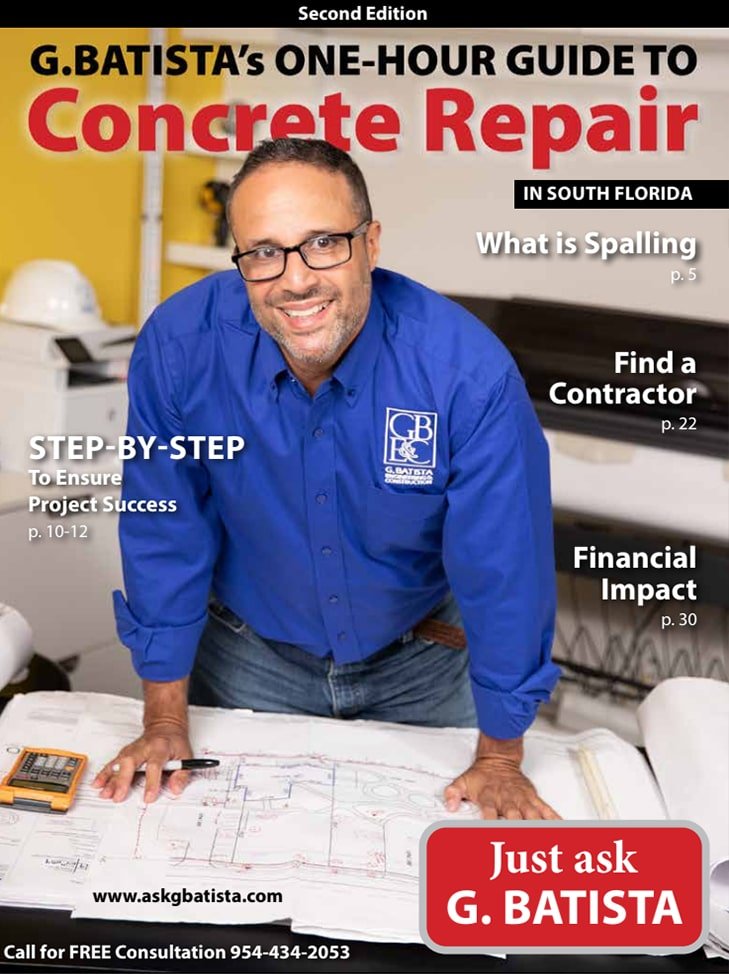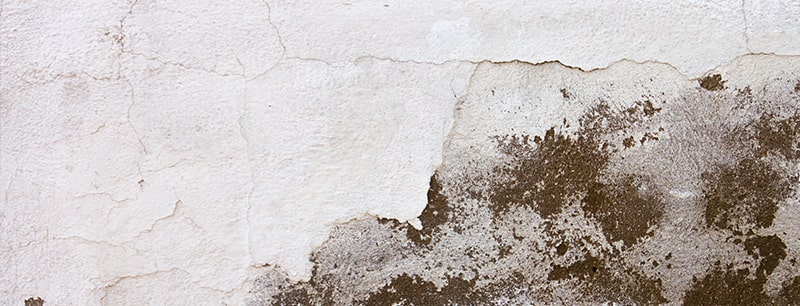
How to identify concrete spalling
Concrete is widely used across the globe and is regarded as one of the most durable building materials, prized for its strength and longevity. However, over time, concrete structures can develop a common issue known as spalling, which compromises the integrity and aesthetics of a building. In this article, we will delve into the causes, effects, and solutions of concrete spalling, offering valuable insights for South Florida Building Owners, associations, and community managers.
EXAMPLES OF CONCRETE SPALLING
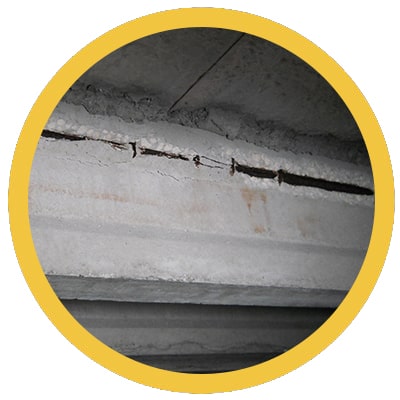
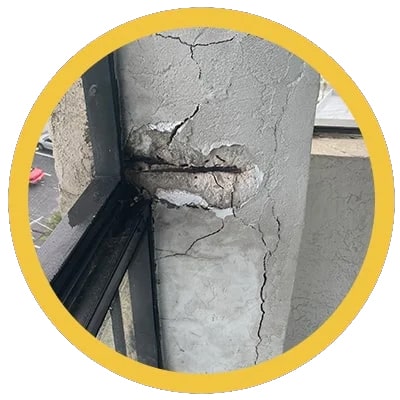
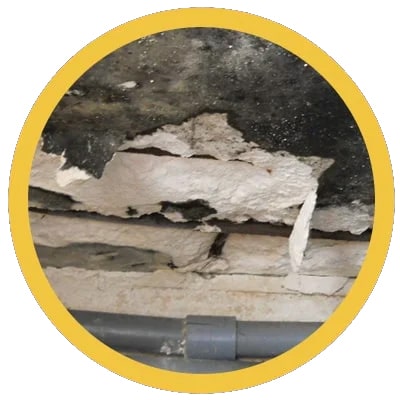

What is Concrete Spalling and why does it matter?
Concrete spalling refers to the gradual deterioration of concrete surfaces, characterized by the flaking, chipping, or crumbling of the material. This phenomenon typically occurs due to a combination of environmental factors, structural deficiencies, and improper construction practices. Spalling can affect both horizontal surfaces such as driveways, staircases, and sidewalks, as well as vertical surfaces like walls and columns.
Causes of Concrete Spalling IN SOUTH FLORIDA
There are many different reasons why concrete might spall or start to deteriorate. They mostly involve corrosion of the underlying rebar that supports most concrete structures. There are also other causes such as chemical exposure, incorrect mixtures, poor application processes, water intrusion, and rusting. A concrete repair expert can give you a deeper insight into why your concrete failed but here are the most common reason for concrete spalling in South Florida.
Chemical Exposure
Exposure to harsh chemicals such as deicing salts, acids, and industrial pollutants can corrode the concrete surface, weakening its structure and causing spalling over time.
Incorrect mixtures
Improperly mixed concrete, too many additives, and insufficient reinforcement can all contribute to the formation of weak spots within the concrete, making it more susceptible to spalling. This is why many concrete repair contractors take core samples of the cured concrete in order to test it’s properties. If the concrete being used cannot withstand the pressures it is under it can cause spalling or even worse a collapse of the structure.
INPROPER APPLICATION PROCESS
Not allowing the concrete to cure before putting it under load can also cause spalling or cracks to occur. If you are repairing concrete you are also required to apply a bonding agent which works as a glue to provide better adhesion of the concrete that is covering the repaired area. Along with this many contractors will also add a rust-inhibiting coat to the structural rebar to extend its longevity and provide a lasting repair.
Water Intrusion
Water infiltration through cracks, joints, or porous concrete can accelerate the deterioration process by promoting corrosion of embedded steel reinforcement and weakening the bond between aggregate particles. This is especially true in South Florida where salt molecules can be evaporated into the air and penetrate the underlying rebar. Buildings in South Florida that are closer to the coast will experience concrete spalling much quicker due to this.
Effects of Concrete Spalling ON YOUR BUILDING
The effects of concrete spalling can range from minor cosmetic issues to more severe structural damage, depending on the extent and location of the deterioration. In addition to compromising the appearance of the concrete surface, spalling can compromise its structural integrity, posing safety risks to occupants and pedestrians. If left unaddressed, spalling can worsen over time, leading to costly repairs and potential liability issues for property owners.
HOW TO FIX Concrete Spalling
There are many different methods to fix concrete spalling. When you hire a professional engineer they can provide you with the best solutions for repairing the concrete spalling and getting your structure back to tip top shape. We also wrote a concrete repair guide with more info on what goes into concrete repairs.
Concrete Surface Repair
Minor instances of spalling can often be remedied through surface repair techniques such as patching, resurfacing, or overlaying with a new layer of concrete. These methods can restore the appearance and functionality of the concrete surface while addressing minor defects.
Concrete Crack Sealing
Properly sealing cracks and joints in the concrete can help prevent water infiltration and minimize the risk of spalling. Various sealant products are available, including epoxy, polyurethane, and silicone-based sealants, each offering different levels of durability and flexibility.
Structural Concrete Rehabilitation
For more extensive spalling damage, concrete rehabilitation techniques are used that can blend carbon fiber, fiber glass, or steel bits into the concrete for additional reinforcement. When there is severe spalling the contractor will usually remove areas around the damage in order to ensure there is no rust left on the rebar underneath
ENSURING A LASTING REPAIR WITH Preventive Maintenance
Implementing a regular maintenance program that includes routine inspections, cleaning, and protective coatings can help prolong the lifespan of concrete structures and minimize the risk of spalling.
Summary of Concrete Spalling
In conclusion, concrete spalling is a common issue that can affect the appearance, functionality, and safety of concrete structures. By understanding the causes, effects, and solutions of spalling, property owners, engineers, and contractors can take proactive measures to address this issue effectively and preserve the integrity of their concrete assets for years to come.

